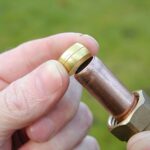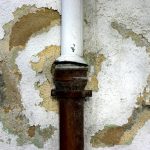Lead Pipe Replacement Services
Lead pipe replacement is necessary for any property that was built prior to 1950 with a high chance of lead pipes being installed and not replaced. Lead pipes naturally oxidize and corrode over time, causing lead oxide particles to enter your water service pipes. In addition, lead water contamination is considered a major health and safety hazard, which is why homeowners with older houses should replace lead pipes in their homes. Most municipalities in the GTA offer homeowners incentives for lead pipe replacement. Typically, your municipality is willing to replace their side of the line once you have replaced yours.
Case study: Lead pipe replacement In Toronto
Client’s testimony
Why You Should Replace Your Lead Pipes
Lead water pipes pose a serious danger to your health. Consuming lead-contaminated water is highly dangerous. According to Toronto Public Health, those most at risk are pregnant women, infants, and children under the age of six. Some of the harmful effects of lead water contamination include:
- Anemia
- High blood pressure
- Muscle and joint pain
- Kidney damage
- Headaches
- Brain and nervous system damage
- Developmental issues and learning disabilities in children
- Hearing disorders
- Memory loss
In order to protect yourself and your loved ones against the threats of lead water contamination, get in touch with Water Guard. We are committed to the well-being of our customers and we work hard to ensure you are safe and healthy.
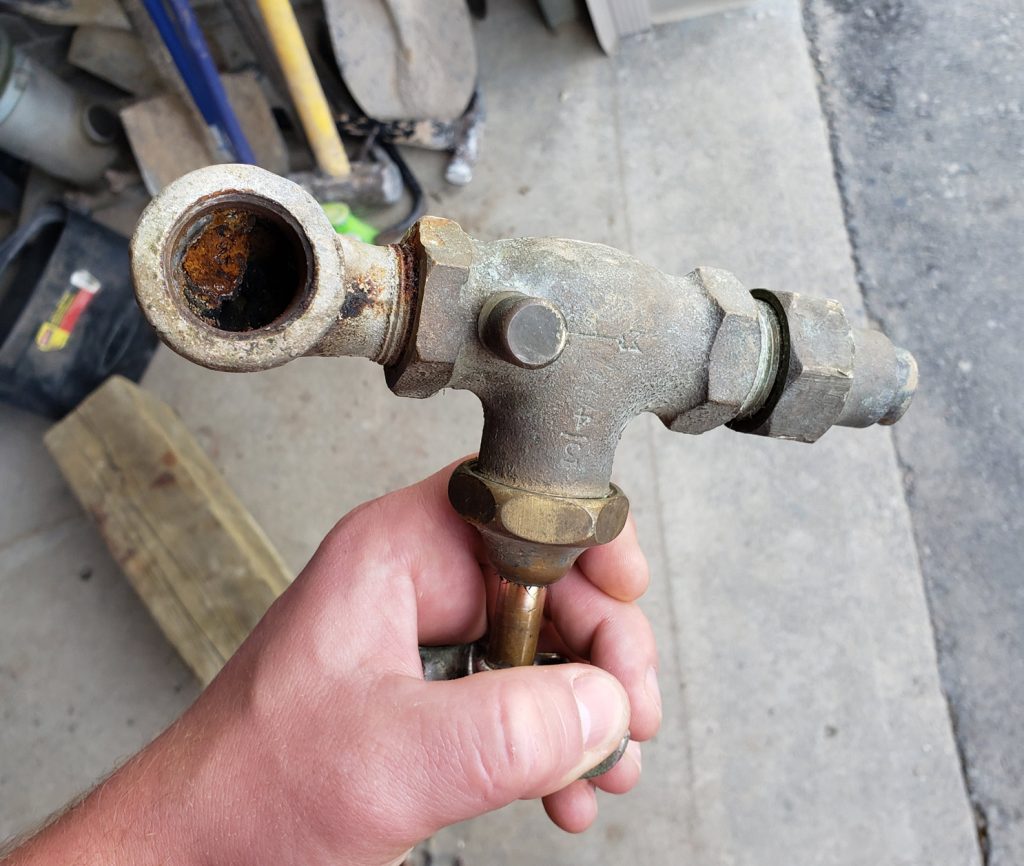
The Priority Lead Water Service Replacement Program
Water Guard is a leading Toronto-based plumbing company that offers lead pipe replacement services. We understand the risk of lead water contamination on your health, and we can replace your lead pipes with a healthier and safer alternative. We cooperate with your local municipality and help you receive your local Priority Lead Water Service Replacement Program rebate.
In 2011, Toronto Priority Lead Water Service Replacement Program was developed to help assist homeowners with the burden of replacing lead piping in their homes. Since then, the City has aimed to assist 1,500 homes every year.
The City is responsible for the section running from the water main to your property line. The homeowner is responsible for maintaining the section running from the property line into the house.
Private Section Replacement
It is your responsibility to replace the piping on your property. You can either hire a contractor of your choice to perform the replacement, or you can hire a City Contractor. It is strongly encouraged to do your research and get multiple quotes before deciding who to hire.
Public Section Replacement
Once the private section of the piping is replaced (unless you plan to hire the City Contractor), you must apply to have the public section replaced. Once your application is processed it could take up to 12 weeks to get an appointment.
At Water Guard Plumbing, we have an abundance of experience performing lead pipe replacements. If you have any questions about this program, contact us: 647-832-1738. We would be happy to help.
Lead Pipe Replacement Process
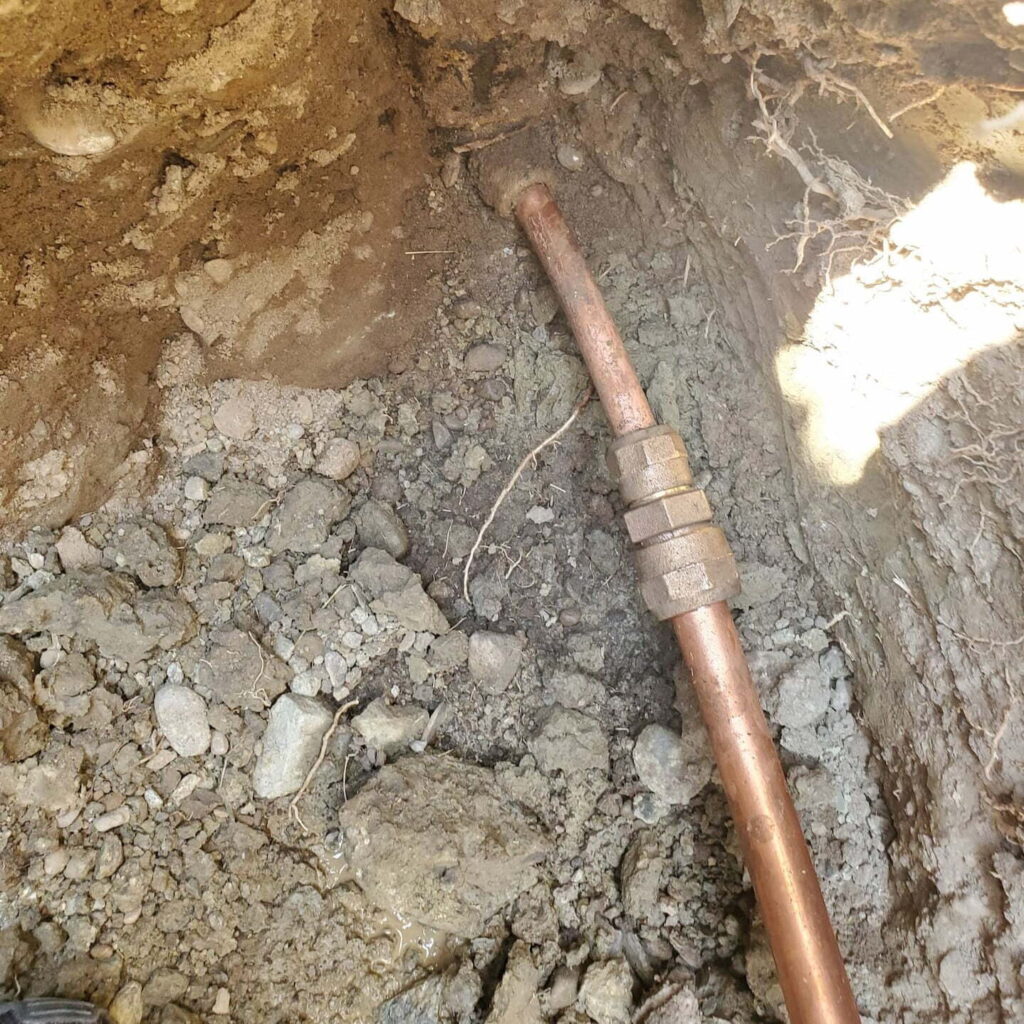
The lead pipe replacement process begins by confirming whether you have underground lead pipes. There are a few ways to confirm this.
If you feel comfortable, please complete the scratch test demonstrated in the video on your service line before taking a photo. We can always help if you are not comfortable doing the test. Sometimes, it’s difficult to tell if there’s a piece of copper pipe underneath the concrete in your home. This doesn’t mean your line is copper. If the piece is straight and rigid instead of curved, it might have been added to accommodate the installation of a new type of meter that is not compatible with a lead pipe.
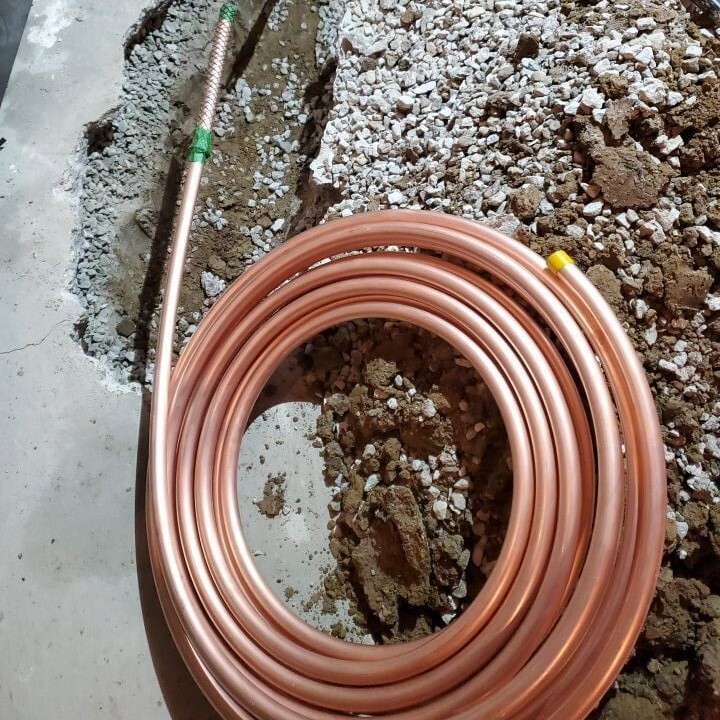
The city may have added a piece and then put the right coupling with a meter on it. Email us to test if you have lead pipes in your home. You can also request records and have a lead test kit sent to you. Lead is not very common in newer municipalities, but can also be present in older areas of the city.
Excavation is minimal and usually only involves digging a single access point at your property line as described on this page. Then, we break a small hole in the area where you have the meter or drill a wall. Typically, a meter can be relocated to the front wall to protect your interior finish and your money too.
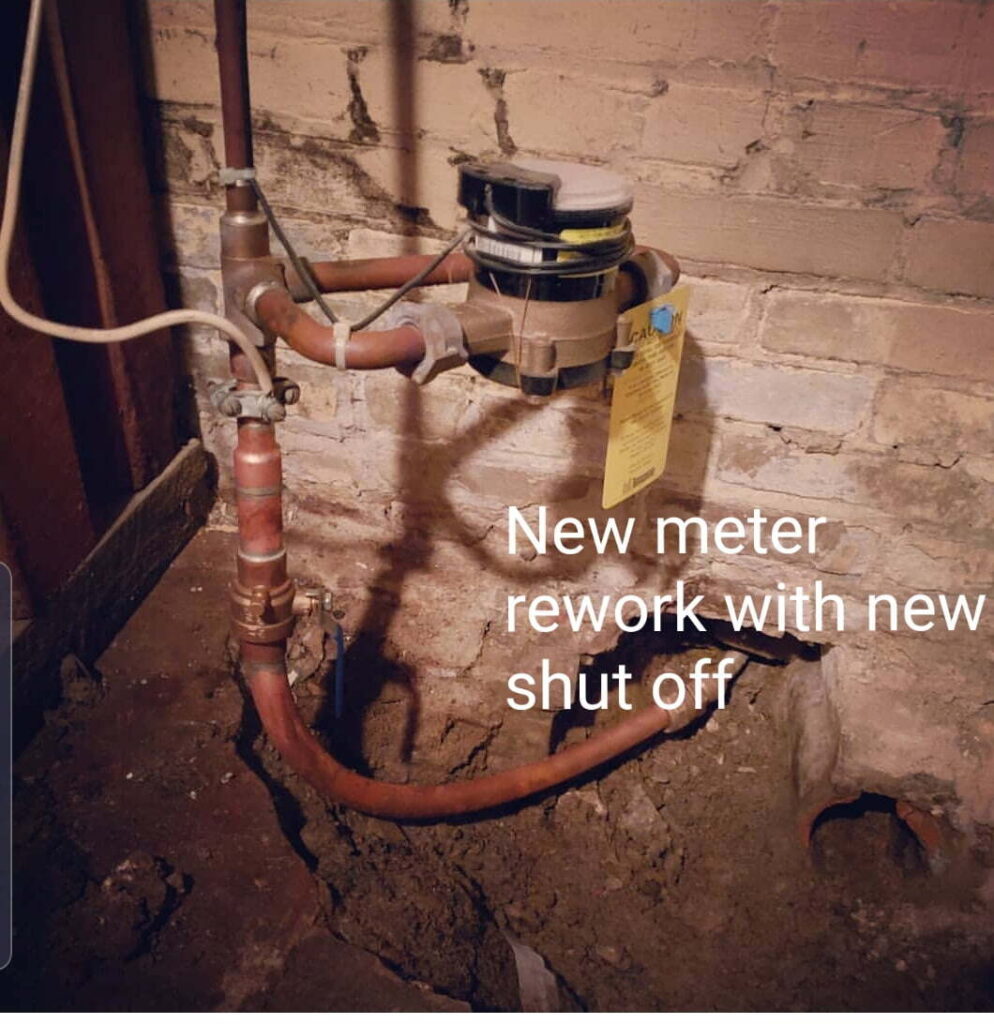
We use torpedo technology, a pipe burst, and directional boring techniques to ensure we protect your landscaping and prevent you from going through a long soil settlement process that might require a full re-landscaping project of the property.
The line is then pulled through and connected to the existing line from the city and into your meter. We flush the line and test the pressure. Backfill outside with native soil, gravel or asphalt finish, and concrete finish inside. All of our work comes with a 25-year warranty for our underground services. We do our best to protect your home’s interior finishes, washrooms, and kitchens. If you think something needs to be destroyed, give us a call first.
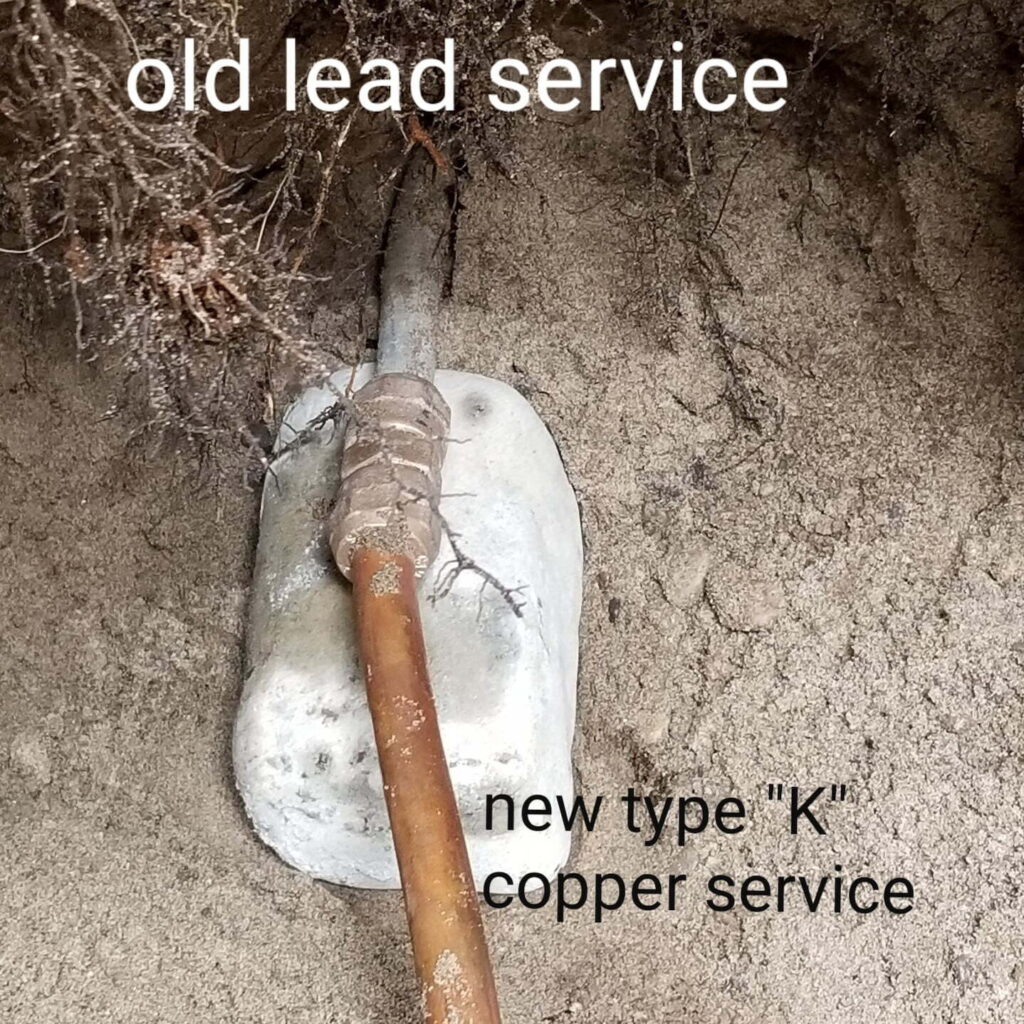
Once you have confirmed that you have a lead line, give our team at Water Guard a call for a free consultation. We have most likely already worked in your neighbourhood and will be able to provide you with a competitive comparable quote.
Call us for a 95% accurate quote over the phone guaranteed. We have been able to utilize video calls and photos, and still produce accurate quotes for our clients. A few thousand projects later, we can provide you with a quote without having to spend your time or talk to a salesperson.
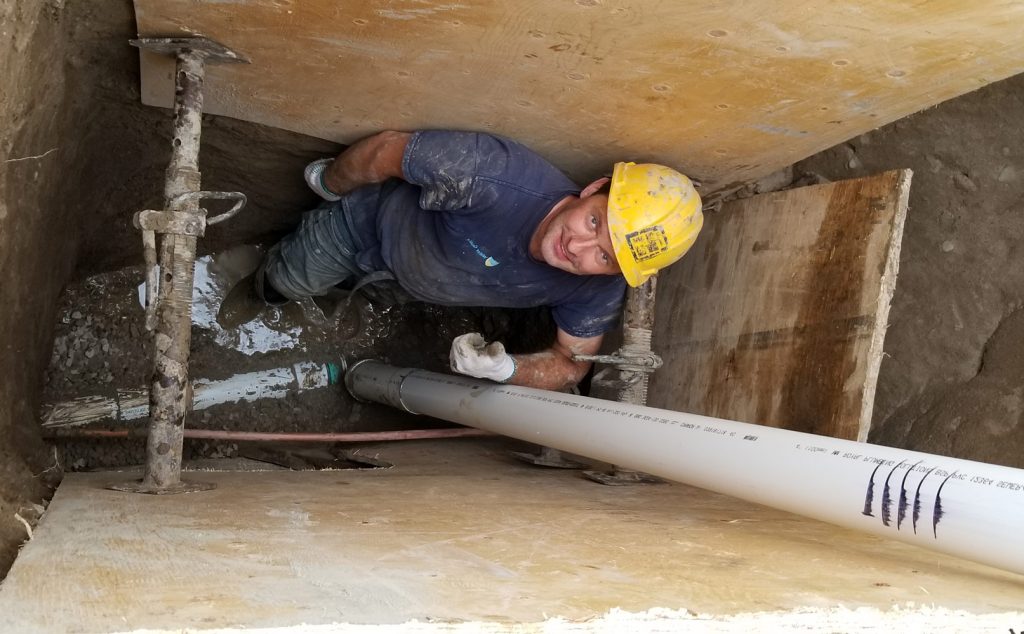
Replace Your Lead Pipes With Water Guard
Water Guard has the experience, skill, and dedication it takes to replace your lead pipes. Our professional attitude helps us extend stellar services in Toronto and the GTA. We care about your family’s health, so contact us for lead pipe replacement. We will help you to receive your municipal support in PRIORITY. You can call us, send us an email, or book a service online.
To find out if your home has lead pipes, you can order a lead testing kit. If you discover that you do have lead piping running through your home, here are some steps you can take.
FAQs about Lead Pipe Replacement
Municipalities usually recommend replacing your lead pipes at the same time the city is replacing its side.
However, you do not need to wait for that to happen. Almost all municipalities will take care of homeowners in the priority sequence once the residential side is replaced. There is no reason to consume, drink, and bathe in contaminated low-quality water.
The city pays for replacing the water main, which is the public part of the water service pipe. However, the homeowner pays for replacing the part that runs from the property line into their home.
For more information about the province’s safety regulations, visit the Ontario lead pipe replacement guide for homeowners.
Lead pipe replacement costs anywhere between $2,500 – $4,000. The overall price depends on the length of the pipes and their accessibility.
The Water Guard lead pipe replacement service comes with a lifetime warranty that covers all materials we use and labour we perform.
The effects of lead on our body is very serious, especially on children. when plumbing materials that contain lead corrode, lead is leached out of the pipes and can reach consumers’ homes at dangerous levels.
To help determine the amount of lead in the water, Toronto Residents who live in homes built before the mid-1950s can pre-register for a lead pipe testing kit, free of charge, For more information on how to get a lead testing kit Read here.
Old Service lines that use lead pipes are usually replaced with newer materials such as copper or plastic that do not contain lead.


